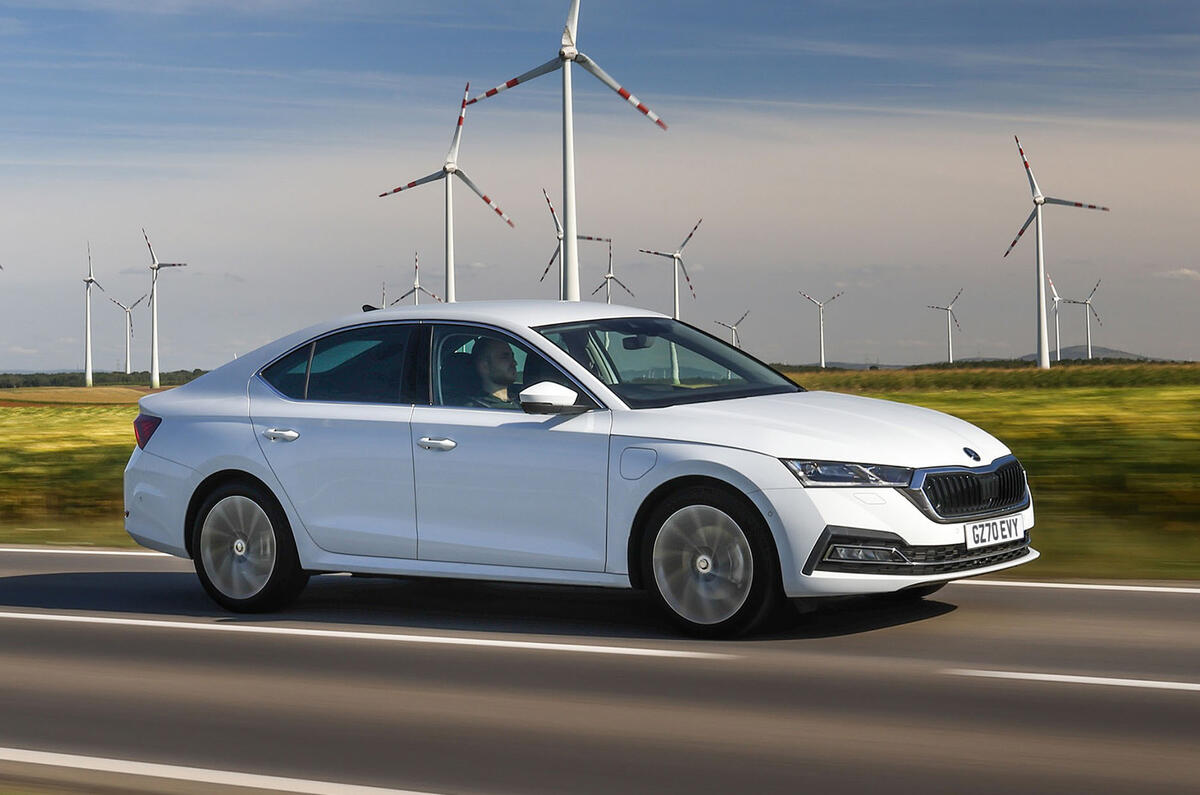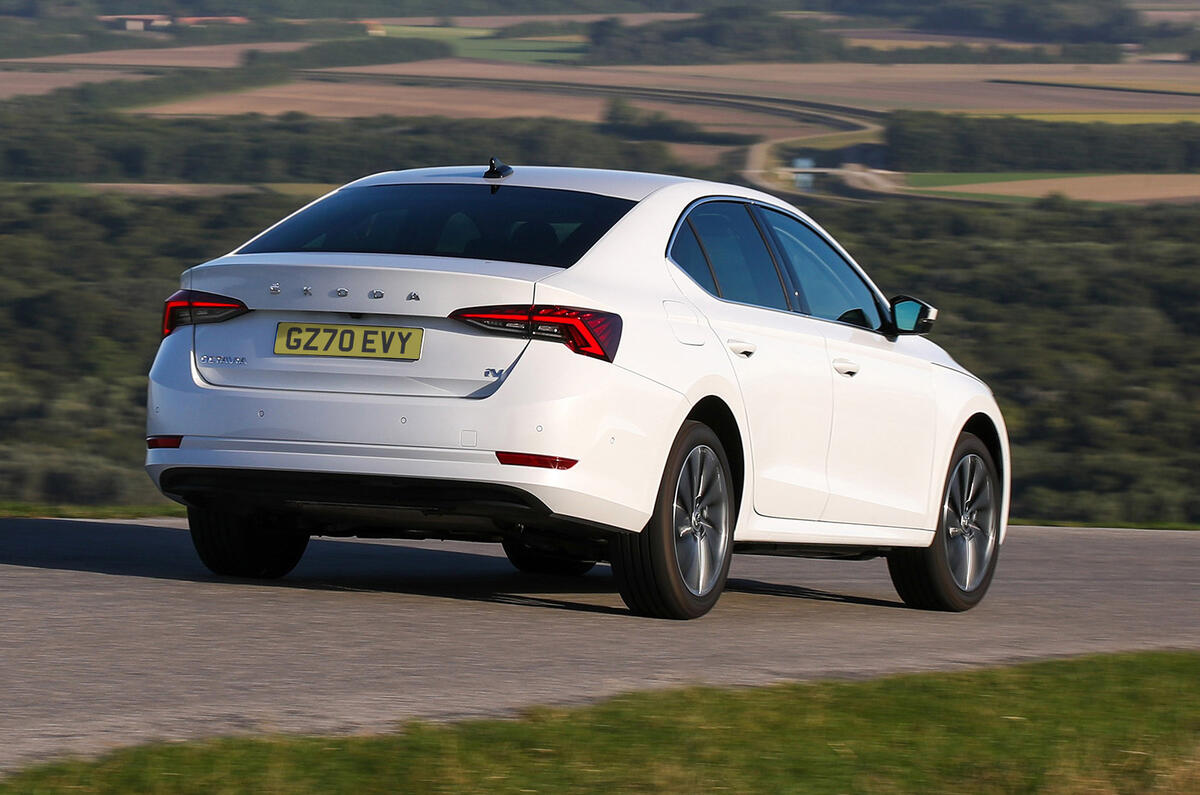What is it?
This is the Skoda Octavia company car drivers have been waiting for: the Skoda Octavia iV plug-in hybrid, the first time such a drivetrain has been offered in the popular Czech family car that’s made an impressive start to life in its fourth generation.
And we’ll get straight to the killer number: the 43-mile electric-only range, which due to the way the tax bands are structured reduces benefit-in-kind down to just 6%. Thus the annual tax bill for this SE L hatchback model tested will be less than half that of the cheapest diesel (£649 versus £1336 for a 20% tax payer at the current year rates).
Given the government’s recent ban on petrol and diesel cars from 2030, it’s likely more private buyers will now flock into plug-in hybrids too as a gateway to an electric car. With fair winds like these, it’s no surprise to hear that Skoda expects the new Octavia iV to do very well indeed.
Plenty of the new Octavia iV is familiar from other recent plug-in hybrids we’ve tested from the Volkswagen Group, including the Seat Leon eHybrid. Like that Seat, the Octavia mixes a 1.4-litre TSI petrol engine with an electric motor and 13kWh lithium-ion battery pack, driving the front wheels through a six-speed DSG gearbox.
You can have it in hatchback or estate bodystyles, and in SE L or SE Technology trims at launch, while a more powerful version of the drivetrain is offered in a Skoda Octavia vRS iV model we’ve also tested.

































Join the debate
Add your comment
PHEVs are definitely a popular choice with company car drivers, for obvious tax saving reasons. Certainly where I work, it's not very straightforward though. I've a monthly lease cost limit that goes with my grade. Broadly, this would fund the petrol/diesel Octavia, but I'd pay a pretty hefty amount in Benefit in Kind tax each month.
The iV PHEV Octavia is around £150/month more in lease cost and that extra would come straight out of my pocket, so whilst I'd save on tax, that saving is pretty much swallowed up by the additional lease cost.
Strangely, the similarly priced Seat Leon eHybrid is way cheaper each month on the lease cost. Go figure, when it's pretty much the same chassis and running gear underneath...?!
Unless you benefit from the tax savings, the IC engine is by far the better choice, but please don't buy it in white!
This PHEV isn't even that much better performing than the IC car, so the only advantage here is you can think you are being more eco-friendly, which in reality you are probably not.